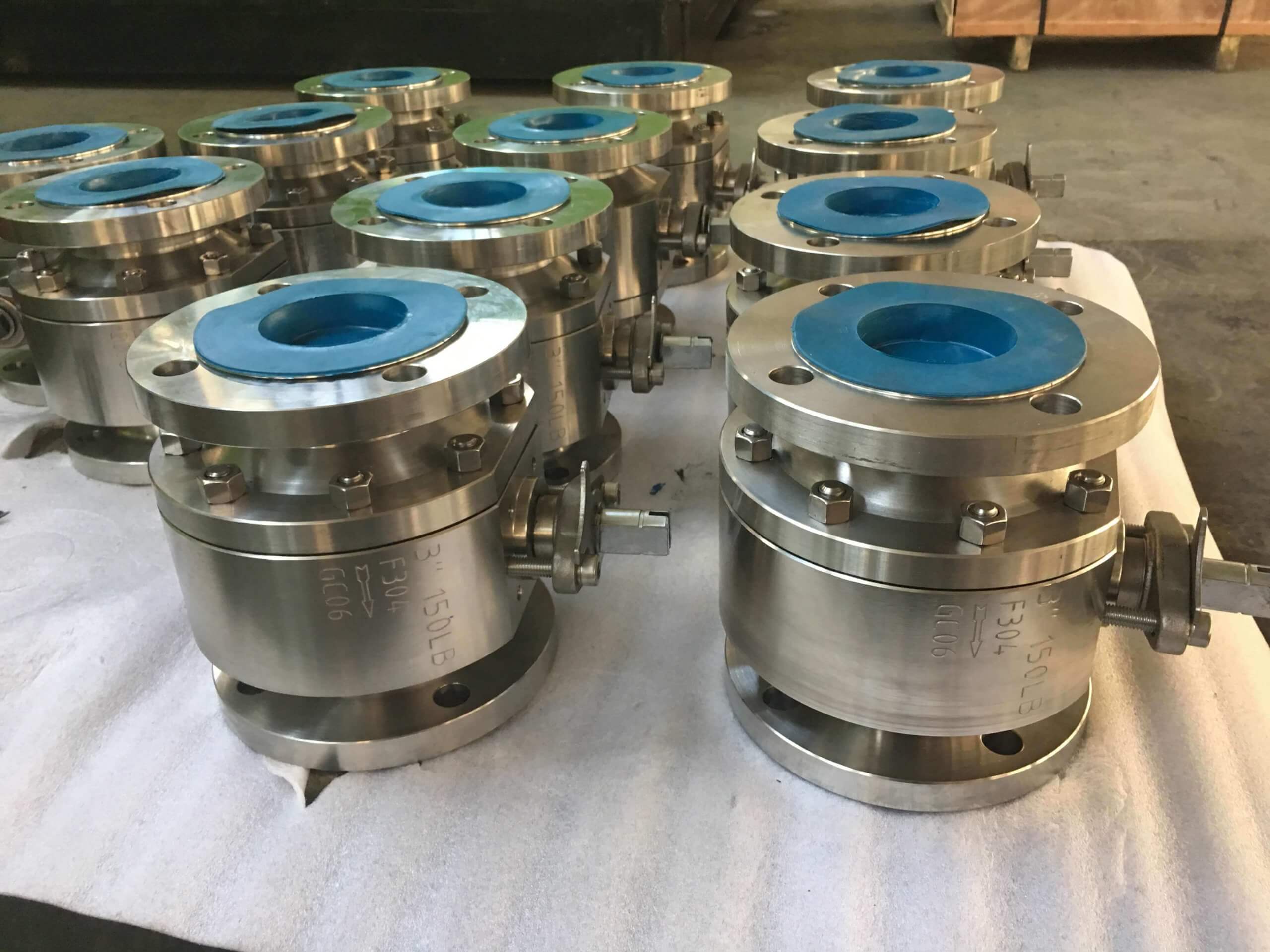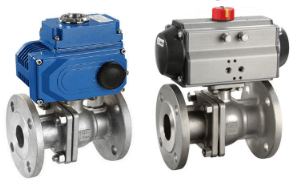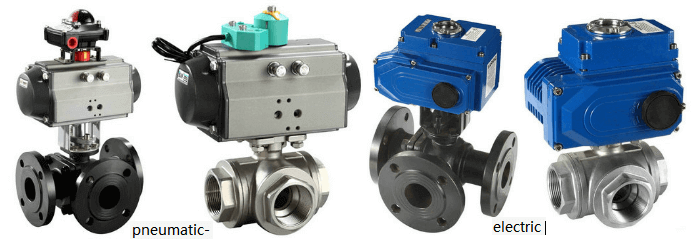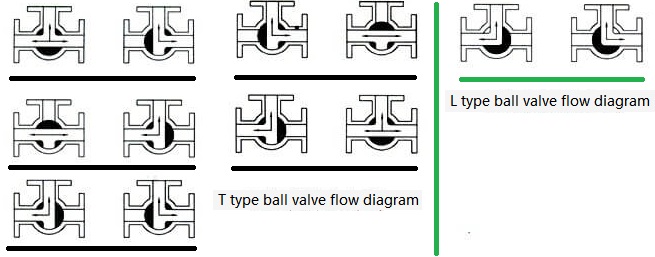Types and classifications of ball valves
Types and classifications of ball valves
A ball valve is a valve with a sphere as a closing part. It is mainly composed of a valve body, a valve seat, a sphere, a valve stem, and a handle (or other driving devices, such as electric actuators, pneumatic actuators or hydraulic actuators). The valve stem drives and rotates around the axis of the ball valve. It is mainly used to cut off, distribute and change the flow direction of the medium in the pipeline.

fixed ball valve
For the wide variety of ball valves, including the different working principles, use media and application places, users should choose different types of ball valves corresponding to the requirements of the working conditions. The types of ball valves are classified according to the actual working conditions on site.
According to the structure, it can be divided into:
1. Floating ball valve The ball of the ball valve is floating. Under the action of the medium pressure, the ball can produce a certain displacement and press tightly on the sealing surface of the outlet end to ensure that the outlet end is sealed. The floating ball valve has a simple structure and good sealing performance, but the load of the sphere bearing the working medium is all transmitted to the outlet sealing ring, so it is necessary to consider whether the sealing ring material can withstand the working load of the sphere medium. This structure is widely used in medium and low pressure ball valves.

Pneumatic electric high platform ball valve
2. Fixed ball valve The ball of the ball valve is fixed and does not move after being pressed. The fixed ball valve is equipped with a floating valve seat. After the pressure of the medium, the valve seat moves, so that the sealing ring is pressed tightly on the ball to ensure sealing. Bearings are usually installed on the upper and lower shafts of the sphere, and the operating torque is small, which is suitable for high-pressure and large-diameter valves. In order to reduce the operating torque of the ball valve and increase the usability of the seal, oil-sealed ball valves have appeared in recent years. Special lubricants are injected between the sealing surfaces to form an oil film, which enhances the sealing performance and reduces the operating torque. , It is more suitable for high-pressure and large-caliber ball valves.
3. Elastic ball valve The ball of the ball valve is elastic. The sphere and the valve seat sealing ring are made of metal materials, and the specific pressure of the seal is very large. According to the pressure of the medium itself, it has not reached the sealing requirements, and external force must be applied. This valve is suitable for high temperature and high pressure media. The elastic sphere is made by opening an elastic groove on the lower end of the inner wall of the sphere to obtain elasticity. When closing the passage, use the wedge-shaped head of the valve stem to expand the ball and press the valve seat to seal. Loosen the wedge-shaped head before rotating the ball, and the ball will return to its original shape, so that there is a small gap between the ball and the valve seat, which can reduce the friction of the sealing surface and the operating torque.
The commonly used ball valve classification methods are as follows:
According to pressure: high pressure ball valve, medium pressure ball valve, low pressure ball valve
According to the runner type: full bore ball valve, reduced bore ball valve
By channel position: straight-through, three-way, right-angle
According to the temperature: high temperature ball valve, normal temperature ball valve, low temperature ball valve, ultra-low temperature ball valve According to the sealing form: soft sealing ball valve, hard sealing ball valve
Assembly by stem: top-mounted ball valve, side-mounted ball valve
According to the connection form: flange ball valve, welded ball valve, threaded ball valve, clamp ball valve
According to the driving mode: manual ball valve, automatic control ball valve (pneumatic ball valve, electric ball valve, hydraulic ball valve)
According to the size of the caliber: super large caliber ball valve, large caliber ball valve, medium caliber ball valve, small caliber ball valve
TH Valve is a professional manufacturer of butterfly valve, gate valve, check valve, globe valve, knife gate valve, ball valve with API, JIS, DIN standard, used in Oil, Gas, Marine industry, Water supply and drainage, fire fighting, shipbuilding, water treatment and other systems, with Nominal Diameter of DN50 to DN1200, NBR/EPDM/VITON, Certificates & Approvals: DNV-GL, Lloyds, DNV, BV, API, ABS, CCS. Standards: EN 593, API609, API6D
related news /knowledge: Classification and characteristics of ball valve; What is a ball valve?; Properties of Fixed ball valve.





 © Copyright 2020 Tianjin Tanghaidongyang Valve Co., Ltd. All Rights Reserved.
© Copyright 2020 Tianjin Tanghaidongyang Valve Co., Ltd. All Rights Reserved.